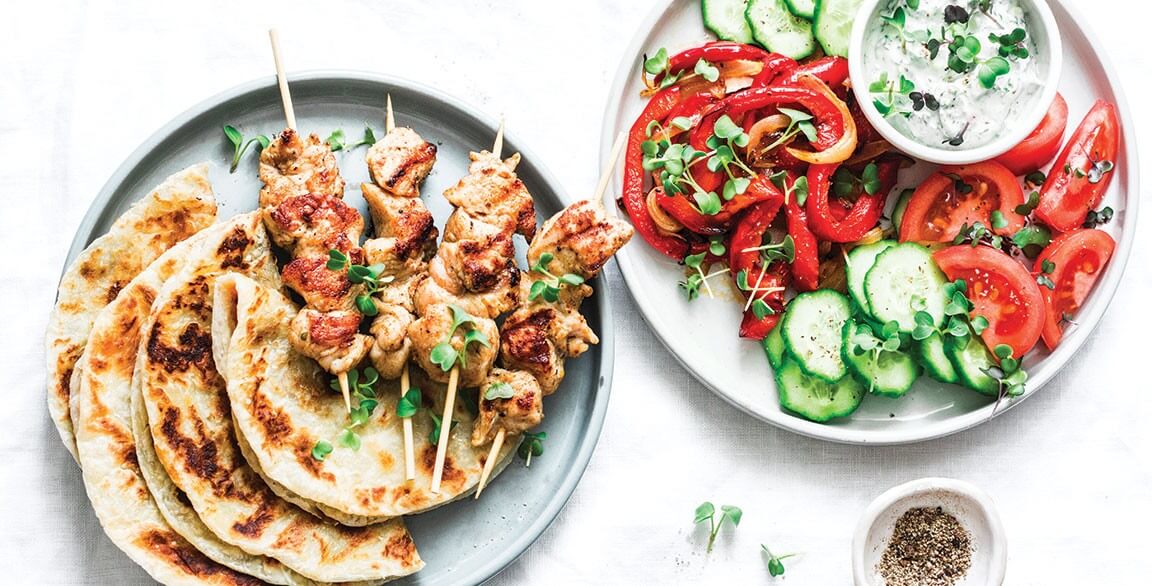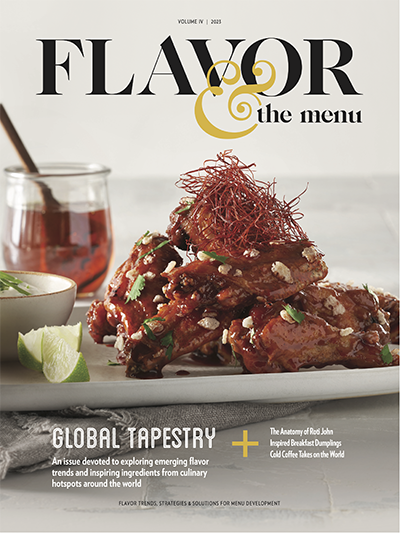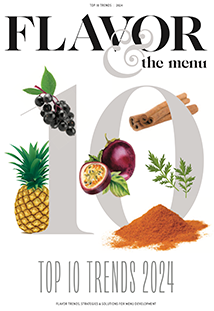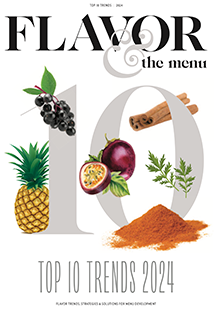

Simplicity of execution will become more important for beverages in 2020. This doesn’t mean the recipes will become simple, but they will rely on more of a speed-scratch approach. Moving some of the complexity to the back of house will allow for faster execution of trend-forward cocktails.
DAVID COMMER, PRESIDENT, COMMER BEVERAGE CONSULTING
With the dwindling labor pool and the back of the house shrinking, there will be an integration of more quality, pre-made products in all segments of the hospitality industry. I also see the opportunity for the growth of smaller producers and manufacturers that can make small-batch, high-quality items.
KATHY CASEY, PRESIDENT, KATHY CASEY FOOD STUDIOS/LIQUID KITCHEN
When you analyze the pantries in different regions of the world, they are remarkably similar. I would go out on a limb and guess that Vietnamese and Mexican are more than 50 percent the same. Hence, if foundational ingredients are the same, why would they not mash up deliciously? Looking back to ancient times and global explorations, this just makes sense since citrus came from Asia and chiles came from South America; distant cuisines have always relied on each others’ ingredients. A better understanding of global flavor evolution invites operators to tell the story of how genuine flavors have evolved over time.
ROBERT DANHI, CHEF/CURATOR OF CULTURES, CHEF DANHI & CO.
As the range of offerings for nonalcoholic beverages increases, craft-quality, zero-proof beers should be among your bar offerings. There is a growing market of consumers who are willing to pay more for them.
CHARLIE BAGGS, EXECUTIVE CHEF/FOUNDER, CHARLIE BAGGS CULINARY INNOVATIONS
A new favorite ingredient that has made its way into my kitchen is the smoked paprika flake. I love the deep, smoky flavor that Spanish paprika provides, but I have since replaced it with the flakes. The smoke is more pronounced, yet it’s not overpowering. Where smoked paprika seems one-dimensional, the flake is two- or three-dimensional, depending on how it’s used. Another new addition is an assortment of flavored vinegars. These chef-inspired flavors—like cinnamon-pear vinegar or California peach vinegar—are more developed, and they’re great as marinades, pickles or dressings.
CHRIS CASSON, VP OF SALES, PRODUCE & SPECIALTY FOODS, SHAMROCK FOODS COMPANY
Modern shareable dining formats: Large-format dishes encourage collaboration and camaraderie with our tablemates, inspiring people to gather together to eat. While modern-day demands leave many of us solo snacking instead of sitting down to meals, people are beginning to buck against that trend in favor of story sharing and creating memorable experiences over a restaurant meal.
ADAM MOORE, CHEF/FOUNDER, FLASHPOINT INNOVATION
Rather than definitions like vegetarian, pescatarian or flexitarian, a reframe of “-tarianism” is on the horizon. “Climatarian” cuisine is inclusive of consuming items with lower carbon footprints. It’s about modifying eating behavior to accommodate the adoption of invasive species into the diet, and consuming plants, seafood and even insects that use less land, water and other resources at risk from climate change. This gives operators opportunity to revamp and rebrand menu items that mitigate effects on the environment, providing added value to customers looking to incorporate purpose-driven consumption while dining out.
LIZ MOSKOW, PRINCIPAL, BREAD & CIRCUS CONSULTING













